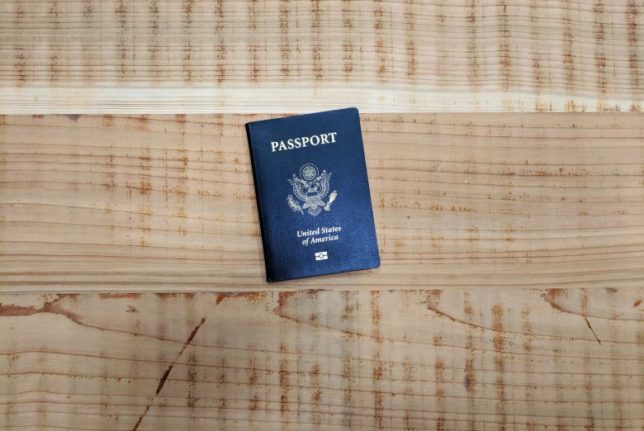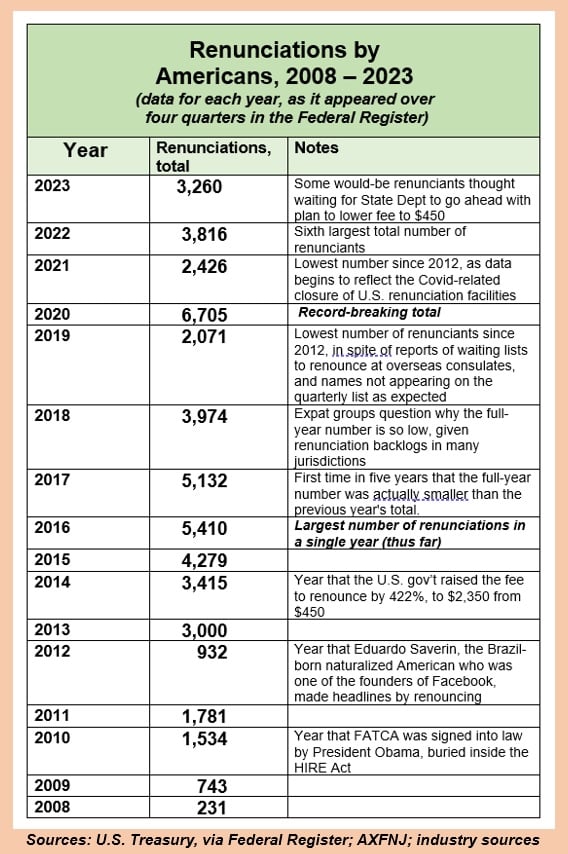Generally speaking, applying for a US passport outside the United States is quite different compared to applying inside the States.
Different US embassies and consulates have different procedures and requirements for submitting and processing documentation, so it’s always a good idea to double-check all the rules that apply in your case on the website of the relevant US embassy or consulate.
Note that not all passport-related services offered by the US Embassy in Norway require you to visit its premises in person – you will have different options based on the specifics of your case and whether you need to renew your US passport or apply for a new one.
Renewing a passport from Norway
If you want to renew your US passport from Norway, you will likely have three options: by mail, in-person, and online.
Depending on your chosen option, you need to use different forms; also, not everyone is eligible for online passport renewal. You can find more information on the forms and requirements on the website of the US Embassy in Norway.
The American Citizen Services (ACS) at the US Embassy in Oslo can provide you with more detailed information and assistance regarding passport renewals if you’re a US citizen in Norway, so don’t hesitate to reach out to the ACS in case you have any questions.
Remember that you will need to book an appointment for all non-emergency visits to the embassy. So, to avoid having to show up in person, check whether the service you need requires a visit to the embassy.
Also, as the embassy has a foreign payment system in place, you must enable the international payments option for your non-US bank card before attending your appointment if you plan on paying with it.
Applying for a new passport from Norway
As is the case with renewals, applications for new passports also involve filling out and submitting different forms. You can find the relevant forms that you will need to complete on the embassy’s website, here.
However, if you get lost in the paperwork or need help finding the correct form, you can always use the embassy’s Passport Wizard.
Note that using the Passport Wizard does not mean you have completed an online passport application.
The wizard will only prepare you to apply for a US passport, though the service will take you through and guide you through the necessary motions of applying, regardless of your circumstances (common requests include first-time applications, renewal applications, and getting a passport for your child).
Completing the wizard does not entitle you to a passport, and the embassy or consulate may require additional information and documentation before they can issue the passport.
The wizard will, however, provide you with very detailed information on how to apply, any relevant fees, and locally relevant information.
For example, if you’re an applicant aged 16 or older, the wizard will take you to the DS-11 passport application form. It will give you a detailed overview of the steps needed to submit an application. For DS-11 applications, these are:
Step 1: Complete and print the DS-11 form.
Step 2: Provide evidence of US citizenship.
Step 3: Provide evidence of identity.
Step 4: Attach one photo to your application.
Step 5: Visit the local information section to make an appointment and learn how to pay the application fees.
Once you select Norway as the country you’re applying from, you will be provided with additional information on payment methods, processing times, appointments, and security information.
What you need to know about emergency passports
Depending on the service you require, processing times may vary. However, if you’re in a hurry and need a passport within two weeks for travel purposes, you will likely need to apply for an emergency passport.
Generally speaking, if you are travelling abroad and your passport validity expires, you have two options: a full-validity regular passport or a limited-validity emergency passport.
According to the US Embassy in Norway, replacing a full-validity passport requires a minimum of two weeks, while an emergency passport can usually be issued within two business days.
If you need more information on how to apply for an emergency passport, contact American Citizen Services (ACS), which has multiple options for expediting the process in emergencies.
Note: As of the time of writing, the US Embassy in Norway offers limited appointments only for passport and citizenship services requiring an in-person appearance.





 Please whitelist us to continue reading.
Please whitelist us to continue reading.
Member comments